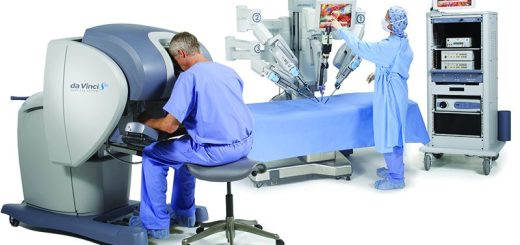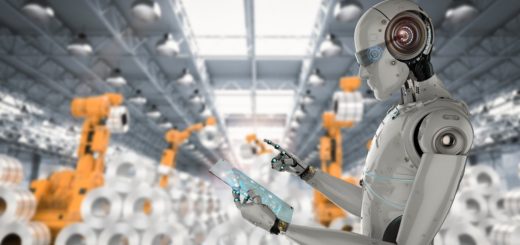Deep learning definition, algorithms, models, applications and advantages
Deep learning is also known as deep structured learning or hierarchical learning, It is part of a broader family of machine learning methods based on the layers used in artificial neural networks, Deep learning is a subset of the field of machine learning, which is a subfield of AI, Deep learning applications are used in industries from automated driving to medical devices.
Deep learning
It is a class of machine learning algorithms that use a cascade of multiple layers of nonlinear processing units for feature extraction and transformation, Each successive layer uses the output from the previous layer as input, It can be learned in supervised (e.g., classification) and/or unsupervised (e.g., pattern analysis) manners, It enables computational models which are composed of multiple processing layers to learn representations of data with multiple levels of abstraction.
It is a subfield of machine learning concerned with algorithms inspired by the structure & function of the brain called artificial neural networks, It can teach computers to do what comes naturally to humans: learn by example, Deep learning can be used in driverless cars, allowing them to recognize the stop sign, or to distinguish the pedestrian from the lamppost.
The computer model learns to perform classification tasks from images, text, or sound, Deep learning models can achieve state of art accuracy, sometimes exceeding human-level performance, Models are trained by using a large set of labeled data & neural network architectures that have many layers.
Neural networks are static & symbolic, They were inspired by information processing & distributed communication nodes in biological systems synaptic structures, they have many differences from the structural & functional properties of biological brains, that make them incompatible with the neurological evidence, while the biological brain of most living organisms is dynamic (plasticity) and analog.
How Deep Learning Works
Neural networks are a type of machine learning models, Deep learning can be defined as neural networks with a large number of parameters and layers in one of four fundamental network architectures, Many deep learning methods use neural network architectures, which is why deep learning models are often referred to as deep neural networks, “deep” indicates to the number of hidden layers in the neural network, Traditional neural networks only contain 2-3 hidden layers, while deep networks have as many as 150.
Deep learning models are trained by using large sets of labeled data & neural network architectures that learn features directly from the data without the need for manual feature extraction, One of the most popular types of deep neural networks is known as convolutional neural networks (CNN or ConvNet), The CNN works by extracting features directly from images.
Deep learning methods are learned from data by using a general-purpose learning procedure, They can learn feature hierarchies with features from higher levels of the hierarchy formed by the composition of lower-level features, learning features at multiple levels of abstraction enables the system to learn complex functions mapping the input to the output directly from data, without depending completely on human-crafted features.
Deep learning methods are obtained by composing simple but non-linear modules that each transform the representation at one level (starting with the raw input) into a representation at a higher, slightly more abstract level, They are representation-learning methods with multiple levels of representation, The key aspect of deep learning is that these layers of features are not designed by human engineers.
Applications of Deep Learning
Deep learning can be used in Industrial Automation, It can improve worker safety around heavy machinery by automatically detecting when people or objects are within an unsafe distance of machines, Deep learning can be used in electronics, It is used in automated hearing & speech translation, home assistance devices are powered by deep learning applications, They can respond to your voice and know your preferences.
Deep learning can be used to automatically detect cancer cells, Teams at UCLA built an advanced microscope that yields a high-dimensional data set used to train a deep learning application to accurately identify cancer cells, Deep learning is used in voice control in consumer devices such as phones, tablets, TVs, and hands-free speakers.
Deep learning offers accuracy at higher levels, It enables consumer electronics to meet user expectations, There are recent advances in deep learning to improve it, So, deep learning outperforms humans in some tasks such as classifying objects in images, It is used to identify objects from satellites that locate areas of interest, and identify safe or unsafe zones for troops.
Deep learning is used for safety-critical applications such as driverless cars, It can be used to detect pedestrians, and it helps decrease accidents, It can be used to automatically detect objects such as stop signs and traffic lights.
Deep learning technology needs large amounts of labeled data, where driverless car development needs millions of images & thousands of hours of video, It requires substantial computing power, High-performance GPUs have a parallel architecture that is efficient for deep learning, that can be combined with clusters or cloud computing.
Machine learning overview, definition, tools, applications, advantages & disadvantages
Artificial intelligence (AI) definition, advantages, disadvantages, features & applications














The best for deep learning